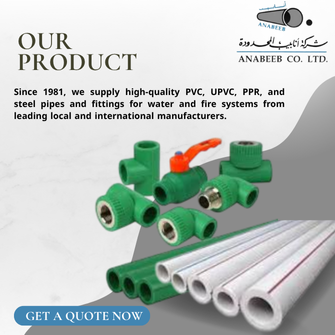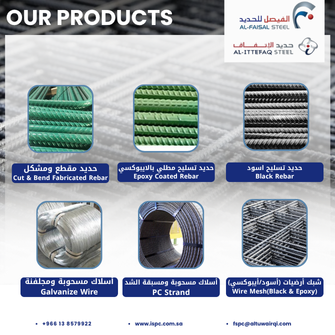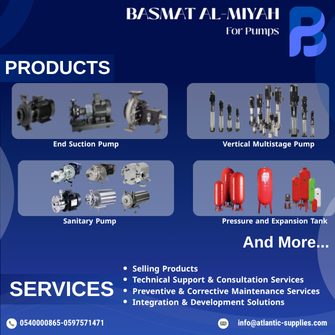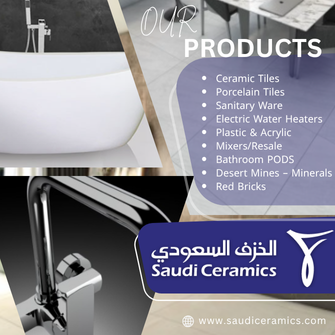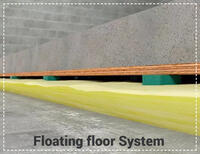advertisement
Gallery
Product Information
floating floor for acoustic purposes is a specialized flooring system designed to reduce sound transmission—both airborne and impact noise—between spaces. It’s widely used in theaters, studios, residential buildings, and commercial fit-outs where acoustic performance is critical.
🔊 Acoustic Floating Floor: Key Features
• Decoupled Structure: The floor panels are isolated from the structural slab using resilient materials, preventing direct sound transmission.
• Multi-layered Build-up: Typically includes acoustic mats, insulation boards, and a load-bearing surface.
• Vibration Damping: Reduces footfall noise, equipment vibration, and reverberation.
🧱 Typical Construction Layers
✅ Benefits
• Impact Noise Reduction: Minimizes footstep and equipment noise.
• Airborne Sound Isolation: Helps block voices, music, and machinery sounds.
• Thermal Efficiency: Often combined with insulation for energy savings.
• Modular Installation: Easy to install and adjust without damaging the subfloor.
📌 Applications
• Recording studios, cinemas, and performance halls.
• High-end residential and hotel rooms.
• Fit-out projects requiring LEED or GHG acoustic compliance.
Looking for new opportunities in the Saudi market?
Receiving real RFQs is the key for new orders.
Here in Project Suppliers platform we gain you the new opportunity.















